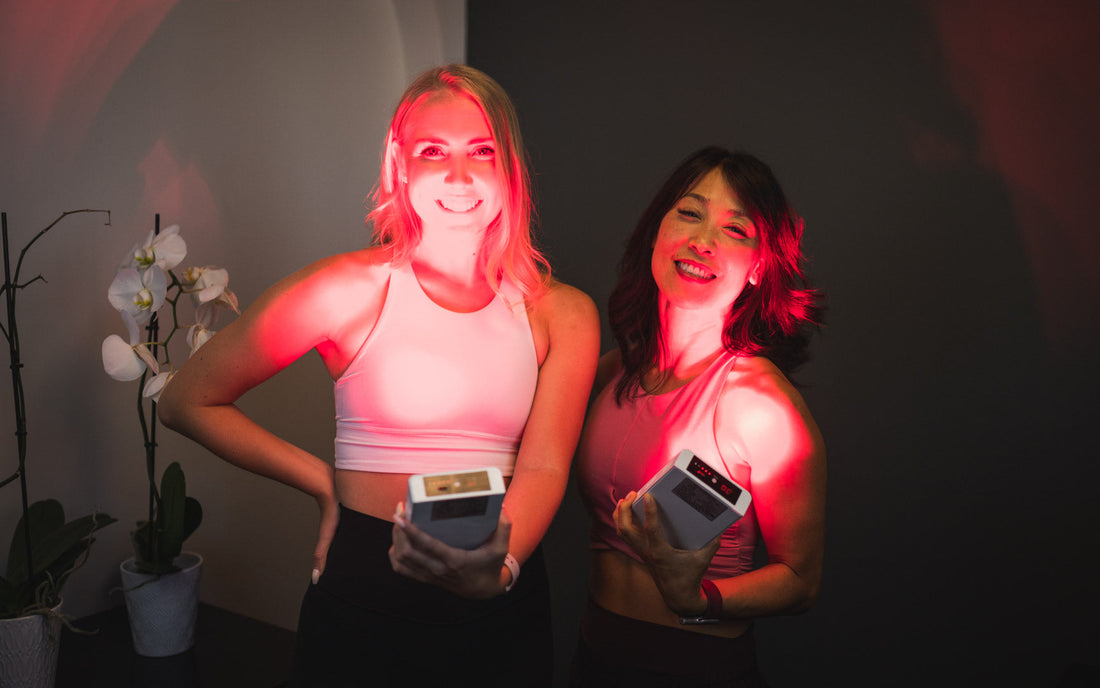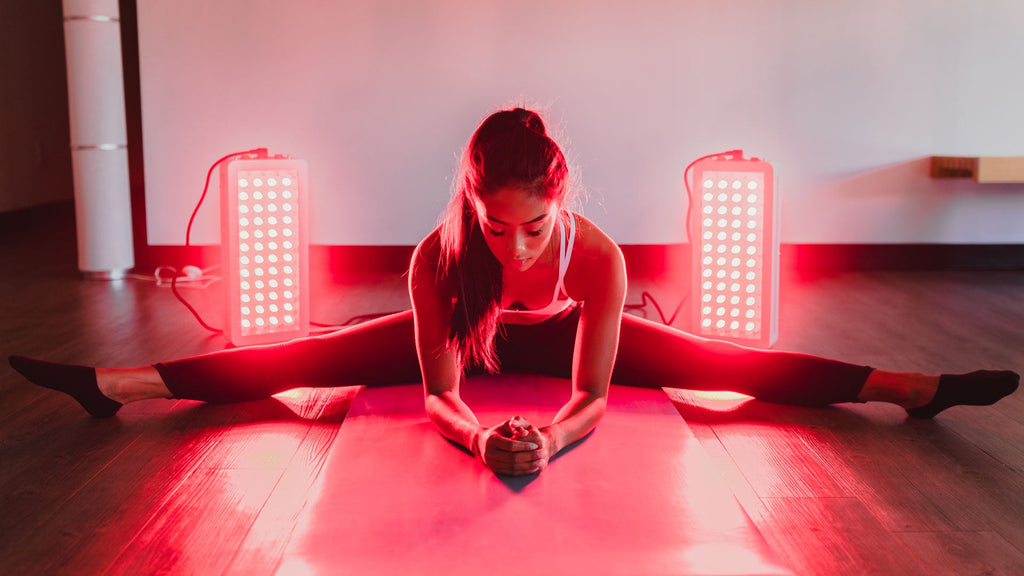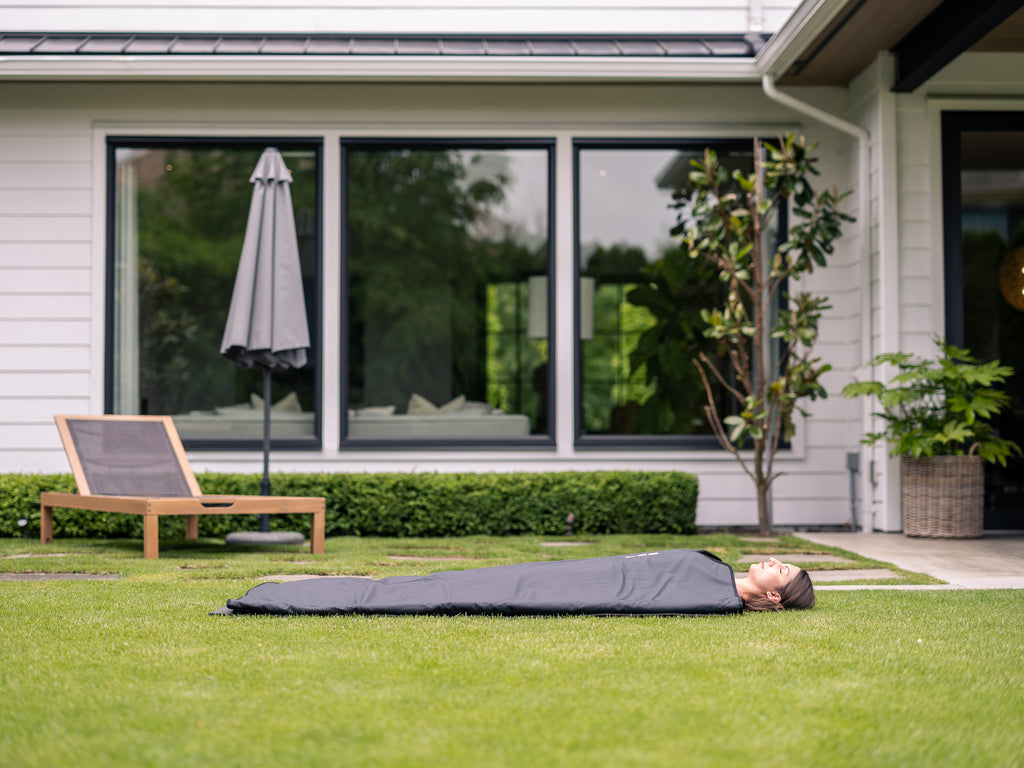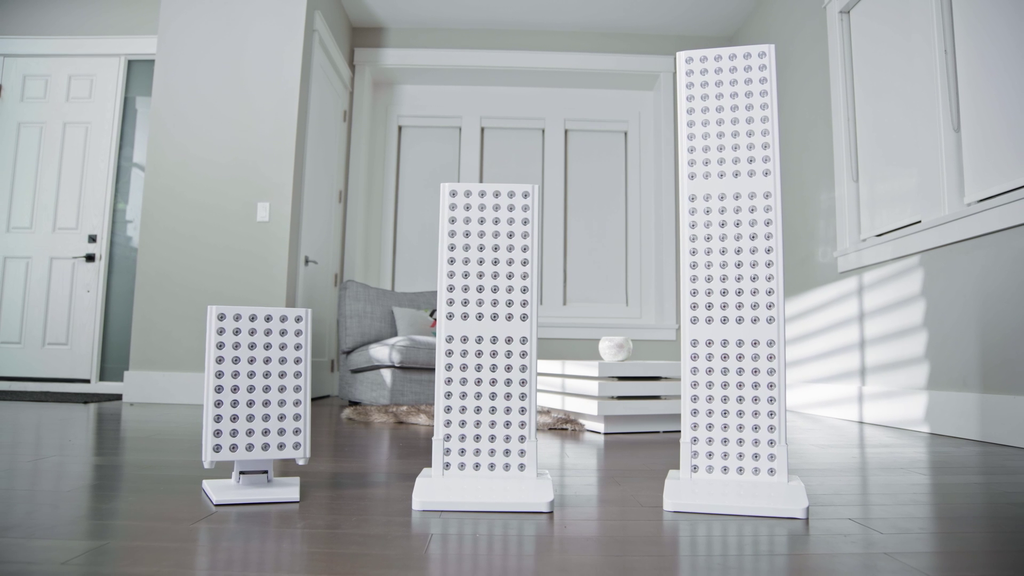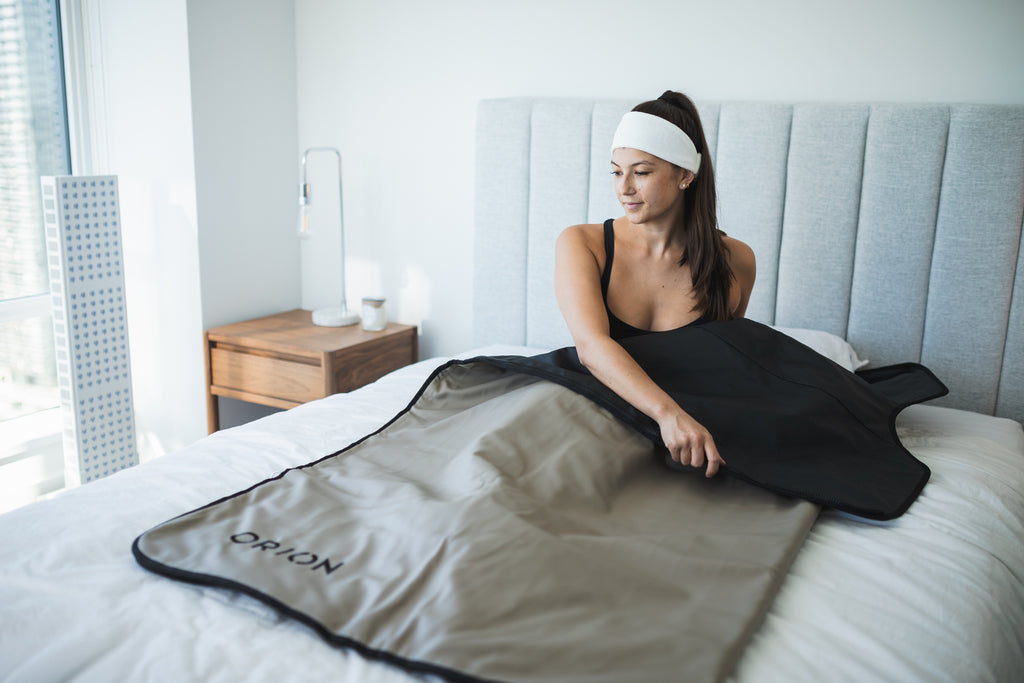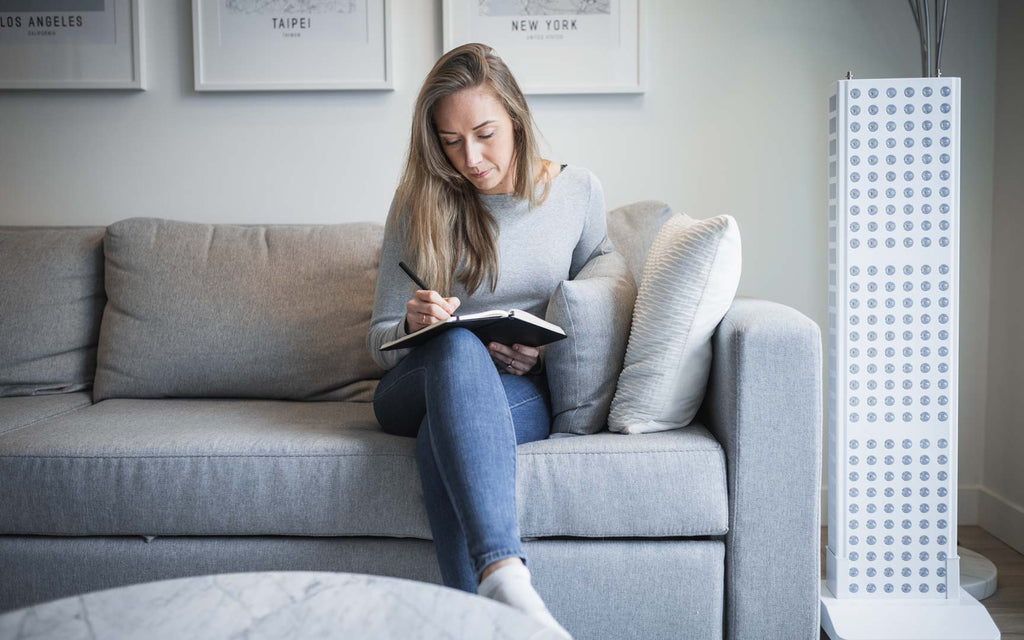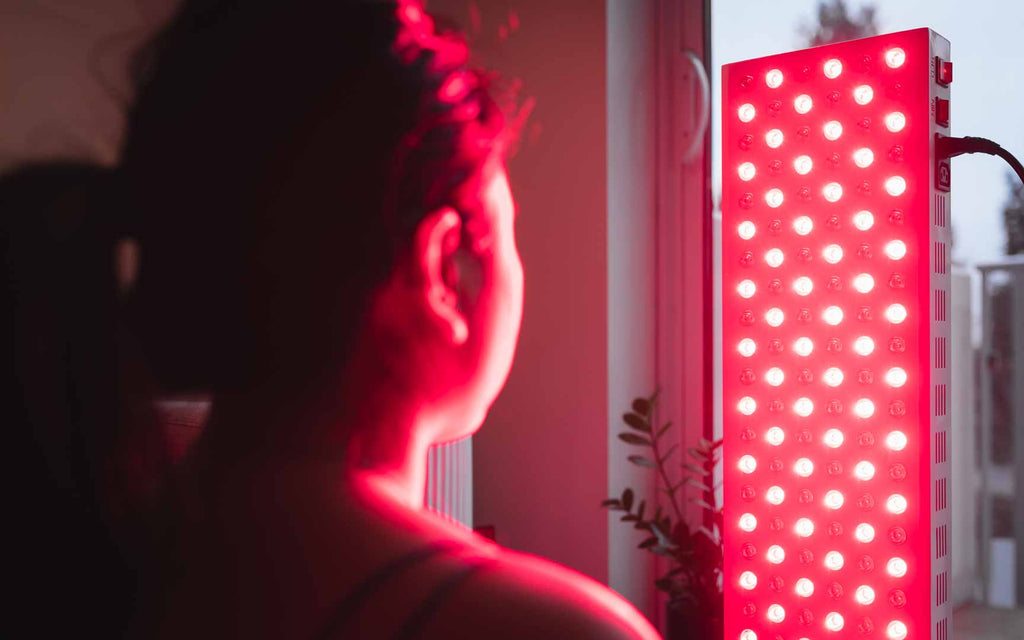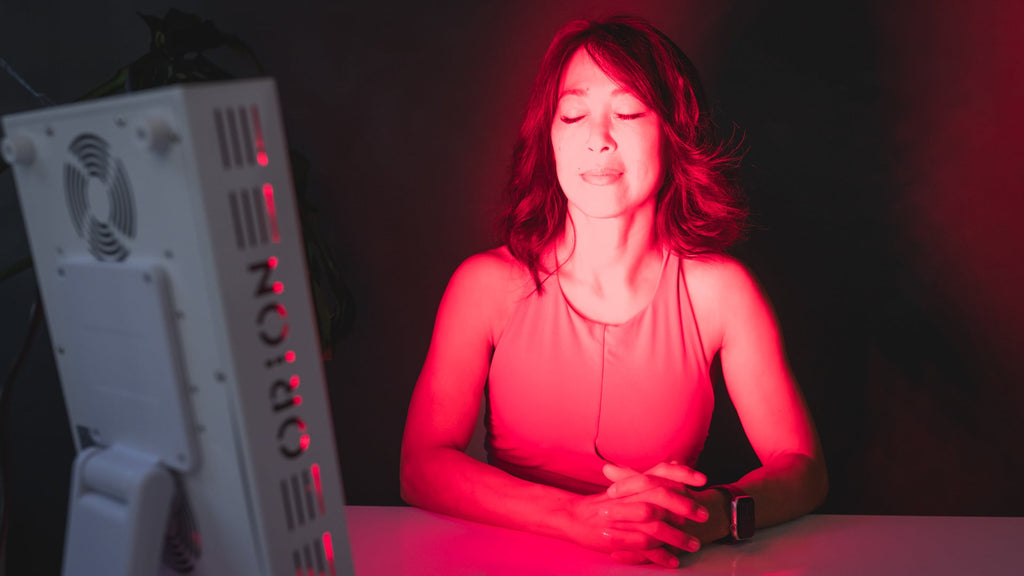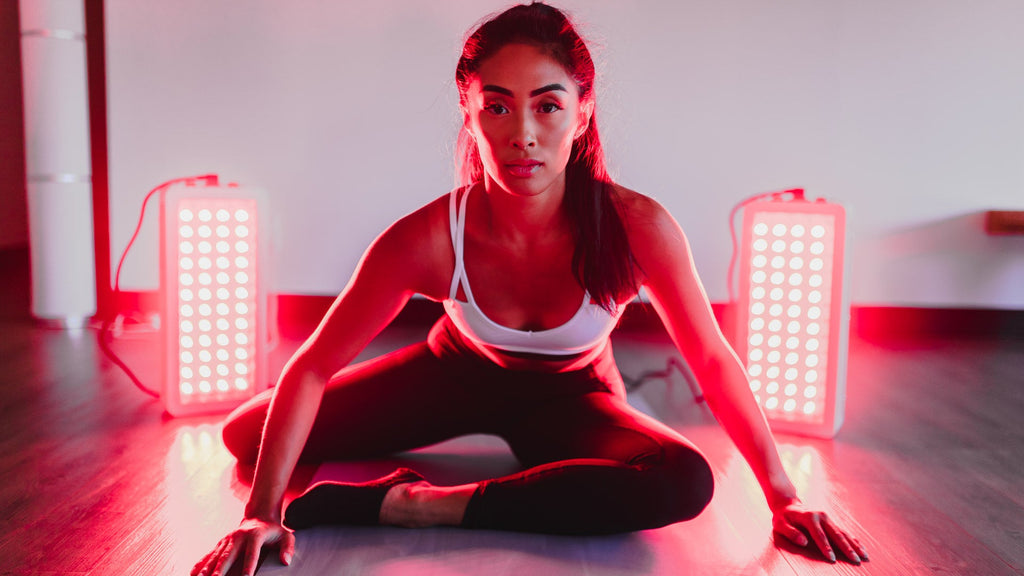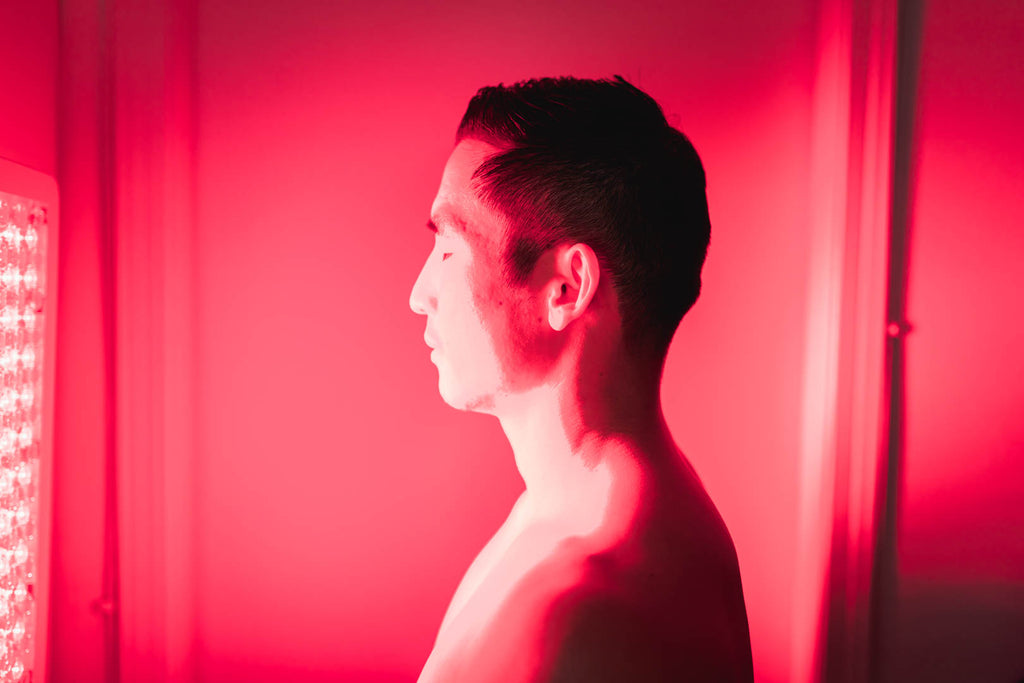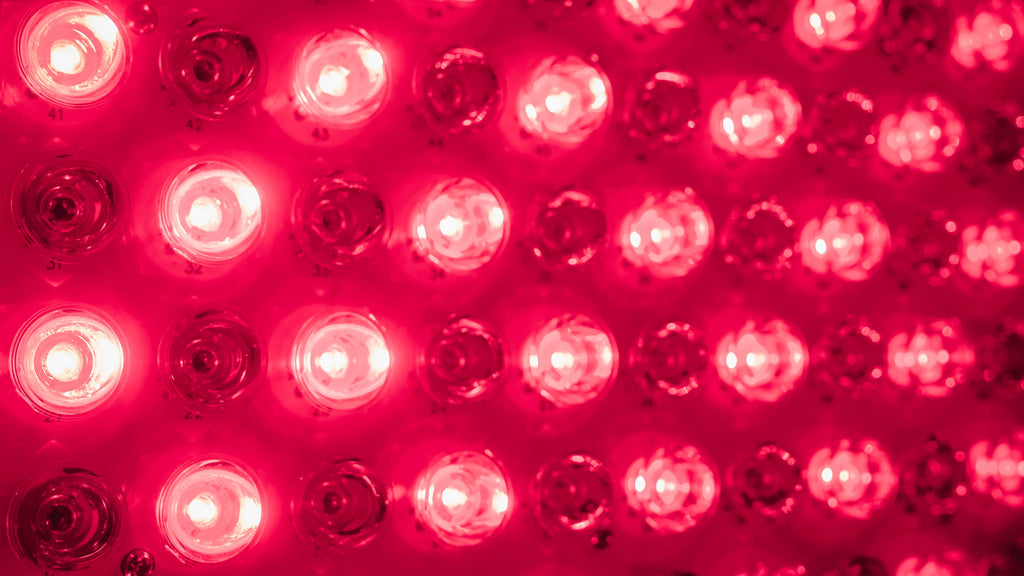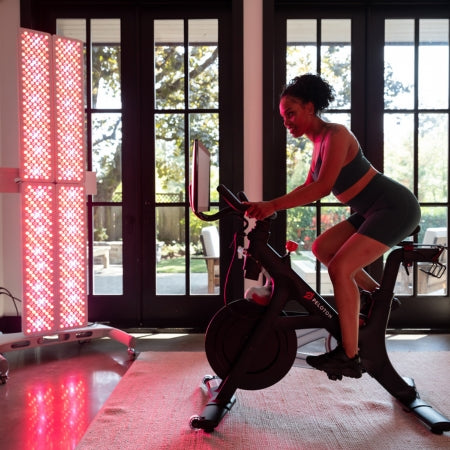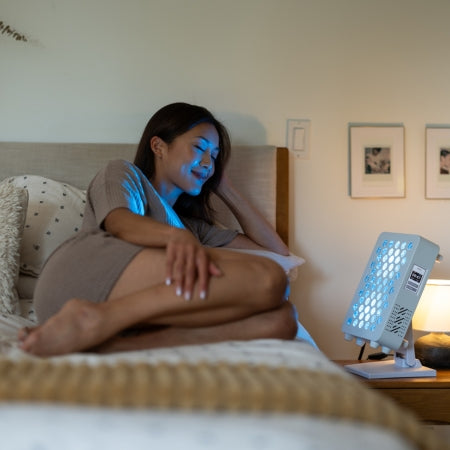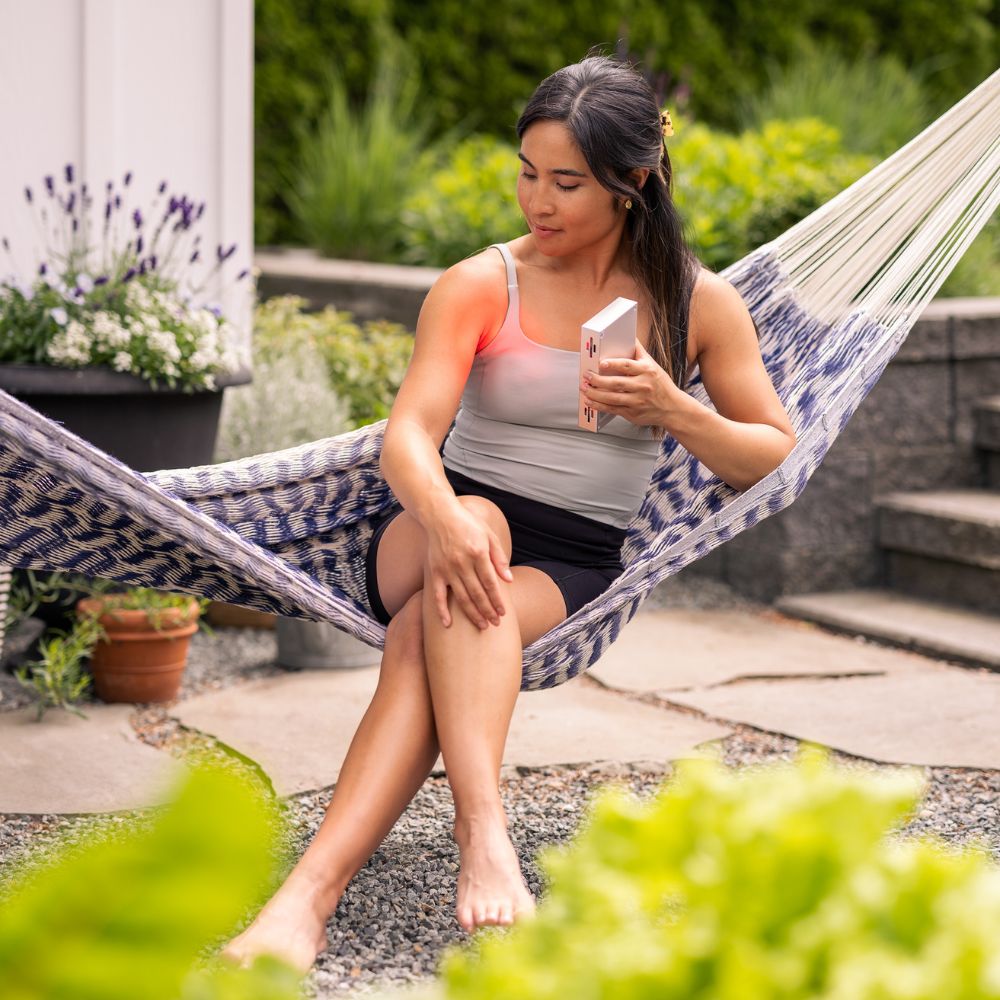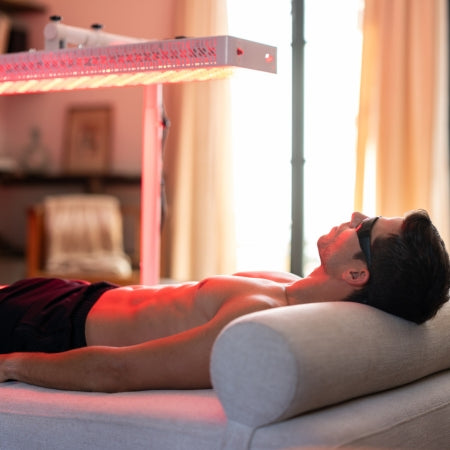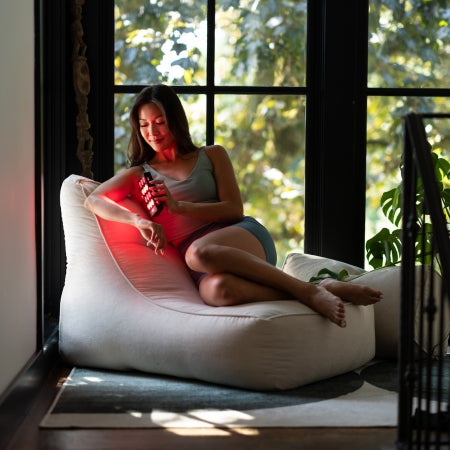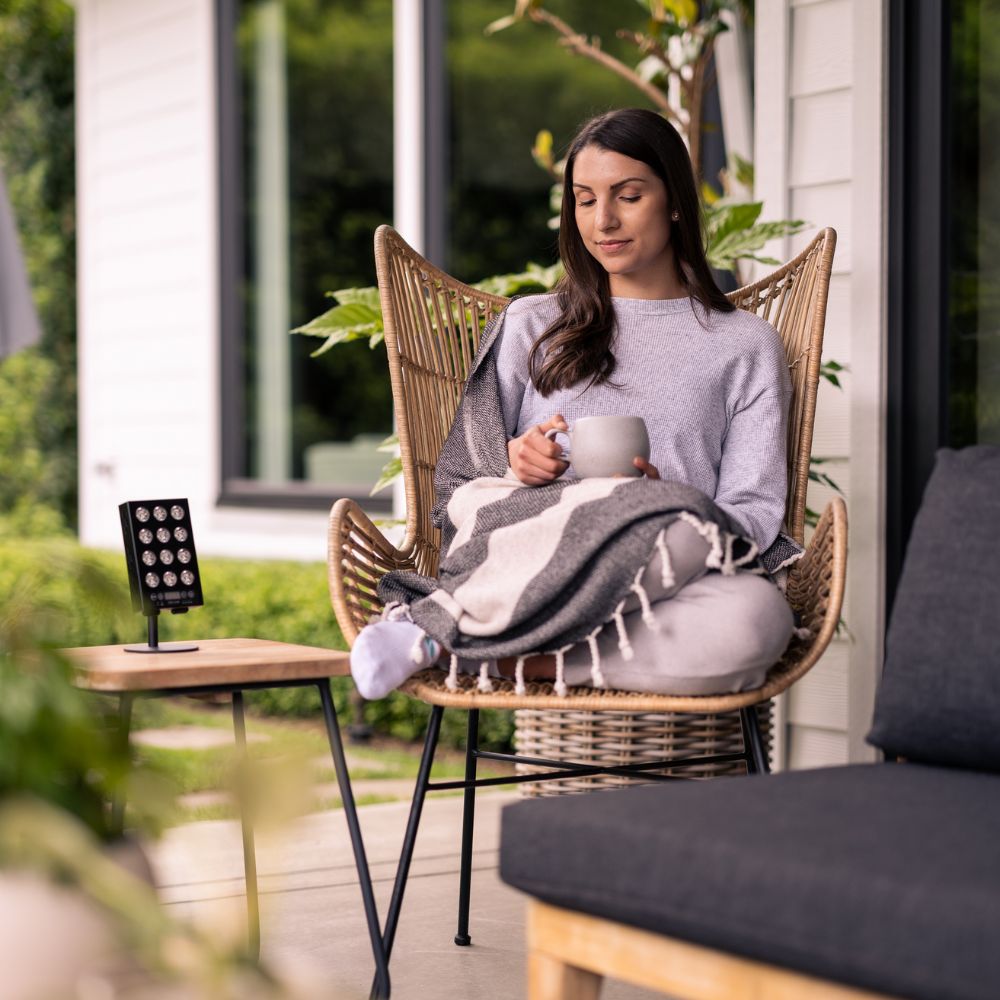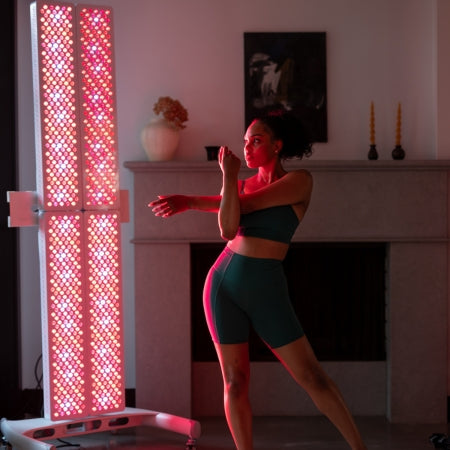What is inflammation?
Inflammation is a physiological response to protect the body against harm. It’s a mechanism of the body’s immune system to fight off infections, or injuries. Inflammation can be categorized into two types: acute and chronic. [1,2,3]
Acute and Chronic Inflammation
Acute inflammation occurs after an injury or infection. An example of this is when you bang your elbow against a wall or when you accidentally cut your skin. The body’s immune system will create an excess of white blood cells to accommodate those areas to protect it from further harm. This creates visible symptoms such as redness and swelling. This process of inflammation is essential for the healing process of the area to prevent further damage. Once the injured site has healed, the inflammation disappears. [2,3]
On the other hand, chronic inflammation occurs in response to unwanted substances in the body. The body is in a constant state of fighting, which leads to a negative impact on the body.
Causes of chronic inflammation
- Untreated acute inflammation from injuries and infections
- Autoimmune disorder
- Exposure to irritants such as smoke, toxins, and poor air quality
- Chronic stress
- Alcohol
Symptoms
- Body aches and pain
- Mood change
- Gastrointestinal issues
- Sudden weight change
- Constant fatigue
- Skin change
In addition, chronic inflammation can be a precursor to more severe conditions such as diseases, cancers, and other health conditions. [1]
Treating chronic inflammation
Chronic inflammation is typically treated by using non-steroidal anti-inflammatory drugs (NSAIDs), such as ibuprofen and aspirin. These drugs have been found to be effective in reducing pain and inflammation. However, long-term usage leads to an increased risk in other health conditions. It also does not address the cellular tissues that have been affected by inflammation. [2,3]
A non-invasive alternative is to use red light therapy as part of a healthy lifestyle change. Red light therapy reduces inflammation and its symptoms by enhancing cellular function.
What is Red Light Therapy?
The human body requires natural light to perform and thrive, just like it needs water and nutrients from food.
Red and near-infrared wavelengths of light are the ‘superfoods’ of natural light, providing our body with healing properties and health benefits.
Red light therapy is a non-invasive treatment that delivers concentrated red and near-infrared light to your cells. All you need is 10-15 minutes per day to optimize your body.
How does Red Light Therapy reduce inflammation?
Red Light Therapy reduces inflammation by using medical-grade 5w LEDs to project clinically proven red and near-infrared wavelengths. More specifically, red light at 660nm and near-infrared light 850nm provides a therapeutic effect on the symptoms of inflammation by increasing mitochondria, blood circulation, and reducing oxidative stress. [4]
Learn more about How Red Light Therapy Works.
How do I use Red Light Therapy?
When searching for a red light therapy device on the market, it's important to find a device that suits your needs and provides the best power output. With world-class performance, Orionprovides red and near-infrared light therapy devices that include medical-grade 5 watt LEDs and the highest irradiance on the market for an optimal at-home and clinical experience.
The guidelines for treatments are simple and can be very effective when complemented with other healthy lifestyles. Follow Orion’s treatment guideline for the best results:
- Position yourself 6-12 inches away from your device.
- Expose your skin for the most effective results.
- Approximately 10-15 minute treatments per body area and up to 20 minutes for symptomatic areas.
- 1-2 treatments per day.
- Any time of day that works best for you.
Shop the Orion lineup to find the best device that suits you.
[1] Healthline (2021). Understanding and managing chronic inflammation.
[2] Harvard Health. (2020). Understanding acute and chronic inflammation
[3] Harvard Health. (2021). What is inflammation?
[4] Hamblin, M. R. (2017). Mechanisms and applications of the anti-inflammatory effects of photobiomodulation. AIMS Biophysics. 4, (3): 337-361. doi: 10.3934/biophys.2017.3.337



